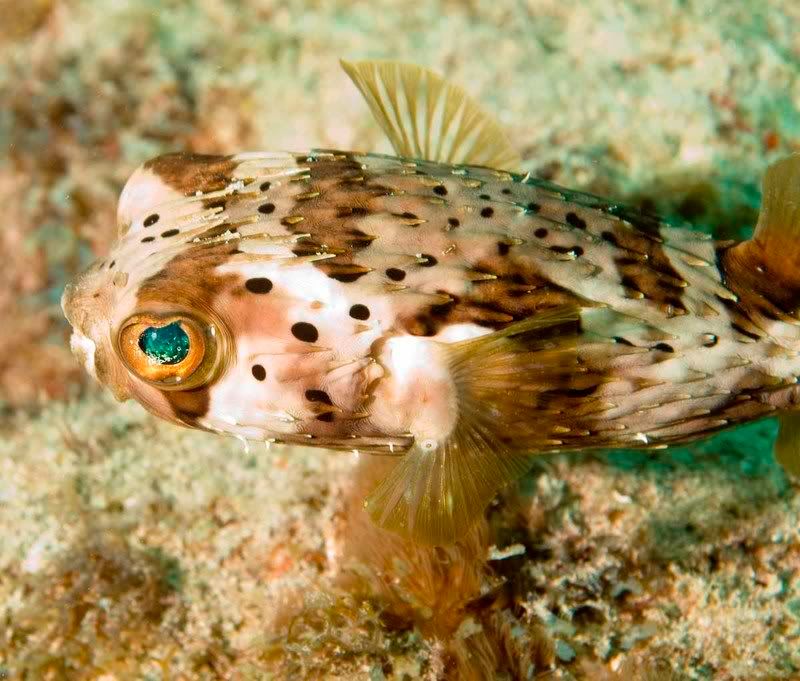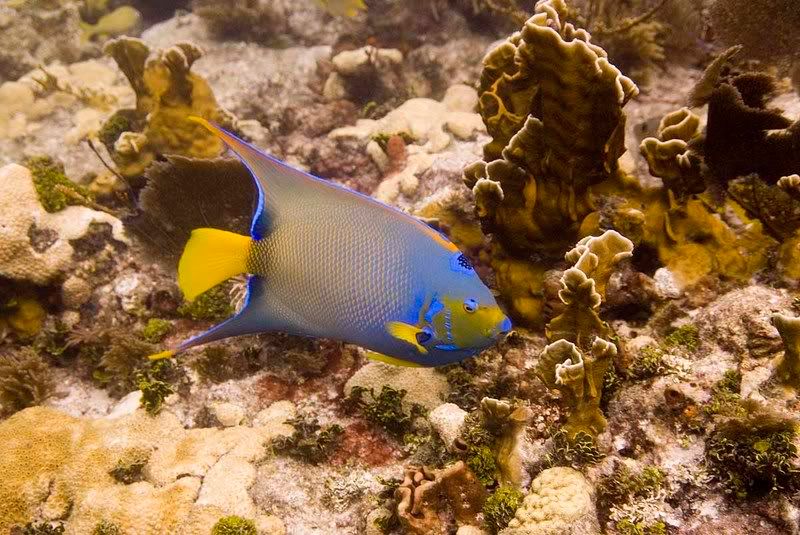tsreimer:
Hi All:
I will most likely only use one strobe to start out with my digital compact camera. (I will eventually get a second one when i upgrade to a housing for my DSLR) In the mean time for non-WA shots, do you have any tips for making the lighting more even? Do people try mixed lighting (dive light or reflectors/white cards) or do any other tricks?
Thanks for any advice you can give!
I agree with Alcina that one strobe can be very effective. It's all I'm using, and the results are generally good. I think it's largely a matter of position. With one strobe one needs to light from a middle angle like above or directly at the subject from a straight on perspective, or just off to the side. With two strobes one lights from both sides.
Shadows can be an issue, but a photographer can learn to work with one strobe. Reflecting light UW may be useful, but I've not tried it. Reflectors topside are generally silver, or white. To reflect light one will have to position the reflector in such a way so that the strobe is bouncing off the reflector, and onto the subject. A rule of thumb with a reflector is that it should be at least the size of the subject. Holding a reflector while hoding the housing, composing, focusing, and firing may end up a difficult task.
One light could be used in good lighting conditions to create a lighting ratio that is more pleasing than the 1:1 ratio that duel strobes will produce if set at he same output setting. However duel strobes can be used by setting the out put on one to full, and the second to half to create a 1:2 ratio.
Here are a couple shots done with a single strobe:
In both these cases I had good light and reasonable vis, so the flash was used to bring out the natrual colors that would have otherwise been absent due to the water filtering out mainly red.



